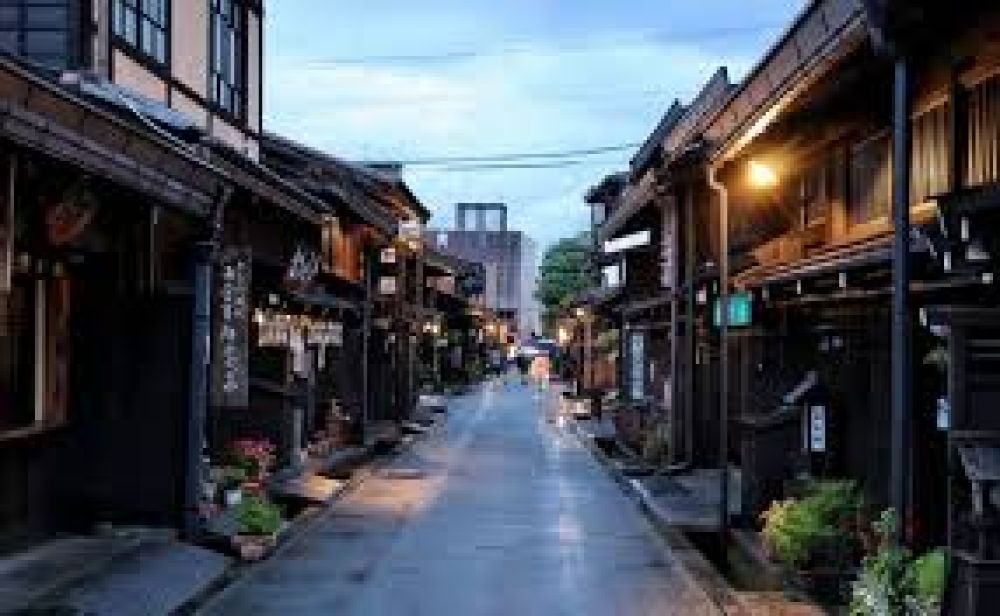

The city of Takayama, located in the mountainous Hida region of Gifu Prefecture, Japan, boasts a beautifully preserved Old Town that harks back to the Edo Period (1603-1868). Takayama is often referred to as Hida-Takayama to distinguish it from other places named Takayama in Japan, and its Old Town has become a major draw for tourists looking to experience a slice of historic Japan.
Though not initially intended for tourism, the preserved streets of Takayama Old Town, which include the famous Sanmachi Suji district, were once a bustling hub for merchants and craftsmen. The area's history is steeped in the timber and carpentry industries, with the skilled carpenters of Hida known as "Hida no Takumi", whose skills were even utilized in the construction of the Imperial Palace in Kyoto and many of the temples in Nara.
Tourism in Takayama began to rise significantly when the nation started promoting domestic travel in the post-war period. However, it was not until the 1970s and 1980s that Takayama became a significant international tourism destination. Recognition of the town’s unique historical value led to conservation efforts, and in turn, a greater influx of tourists.
The Takayama Festival, which takes place in spring and autumn, is a significant event that has drawn travelers for centuries. Featuring elaborate floats and puppets, the festival is considered one of Japan's most beautiful and is a focal point of Takayama's tourism calendar. The spring festival, called Sanno Matsuri, and the autumn festival, called Hachiman Matsuri, are major draws for both domestic and international visitors, providing a notable spike in the city's tourism.
In recent years, Takayama has continued to develop its tourism offerings, with a focus on cultural experiences such as sake brewery tours, traditional craft workshops, and culinary adventures featuring local Hida beef. The city has also tapped into the increasing popularity of rural tourism with visitors seeking an escape from Japan’s busy urban centers.
Advancements in transportation, including extensive rail networks, have made Takayama more accessible than ever before. The introduction of the Hokuriku Shinkansen line has cut travel time from Tokyo to nearby Kanazawa, which often serves as a gateway to Takayama, thus further increasing tourist numbers.
In response to global trends, Takayama has adapted to offer more sustainable tourism options and experiences that promote cultural exchange and preservation. Many traditional houses have been converted into guesthouses or ryokan (traditional inns), offering authentic accommodations that support the local economy and maintain the historic charm of the city.
As tourism continues to be an integral part of Takayama's economy, the city is poised to maintain its reputation as a premium destination for experiencing traditional Japanese culture. Efforts to preserve the history and beauty of Takayama Old Town ensure that it remains an enduring and treasured destination for future generations of travelers.